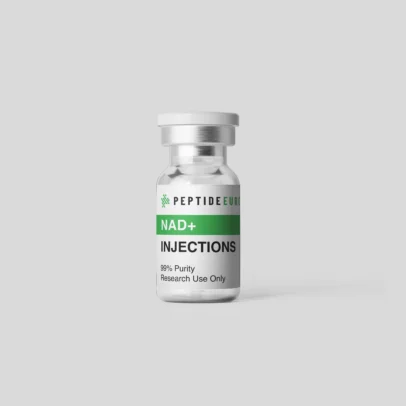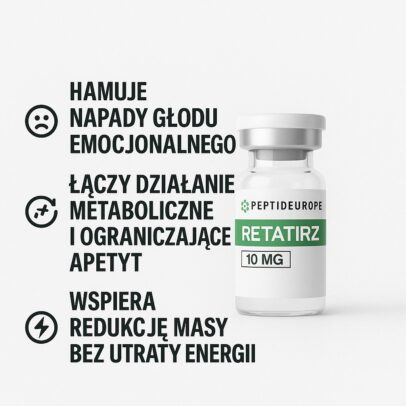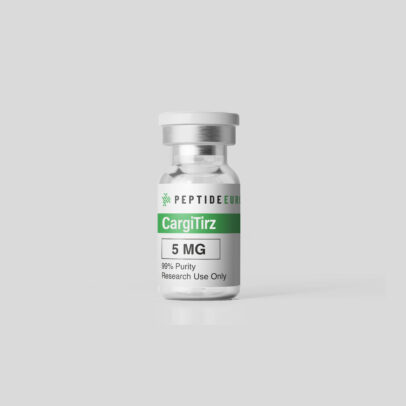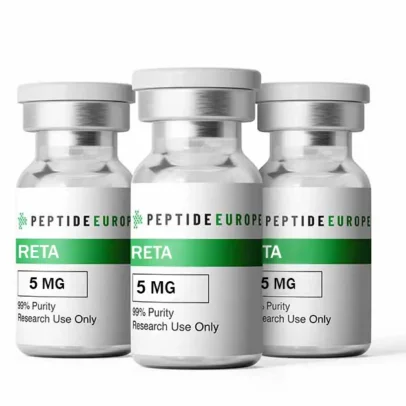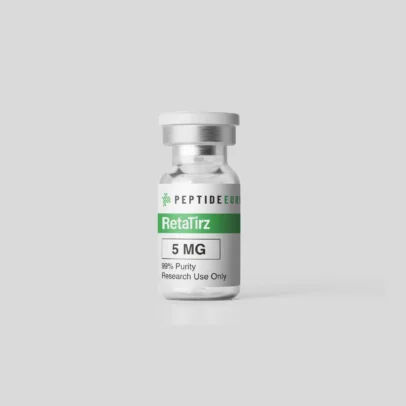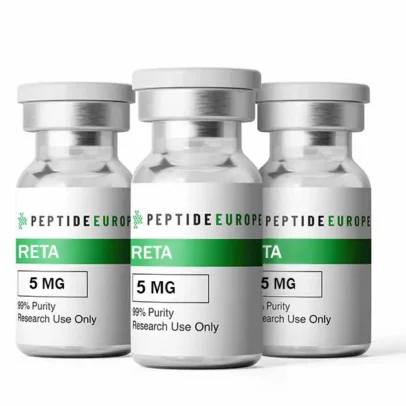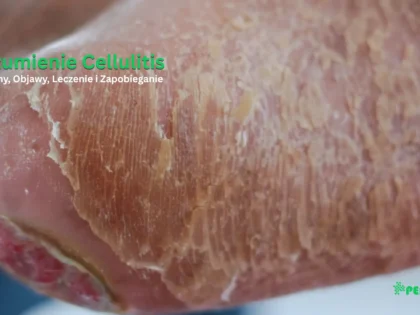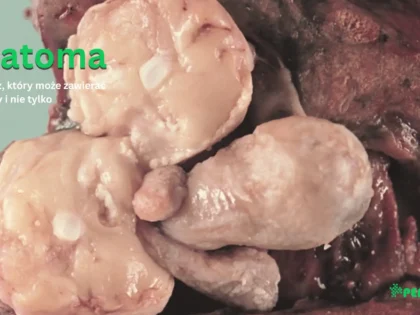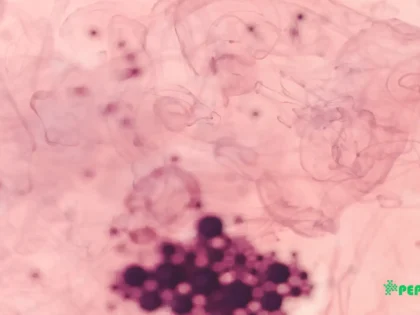Osteogenesis Imperfecta: Understanding Brittle Bone Disease – From Causes to Treatment
-
PepEurope
- Posted on
- 0 comments
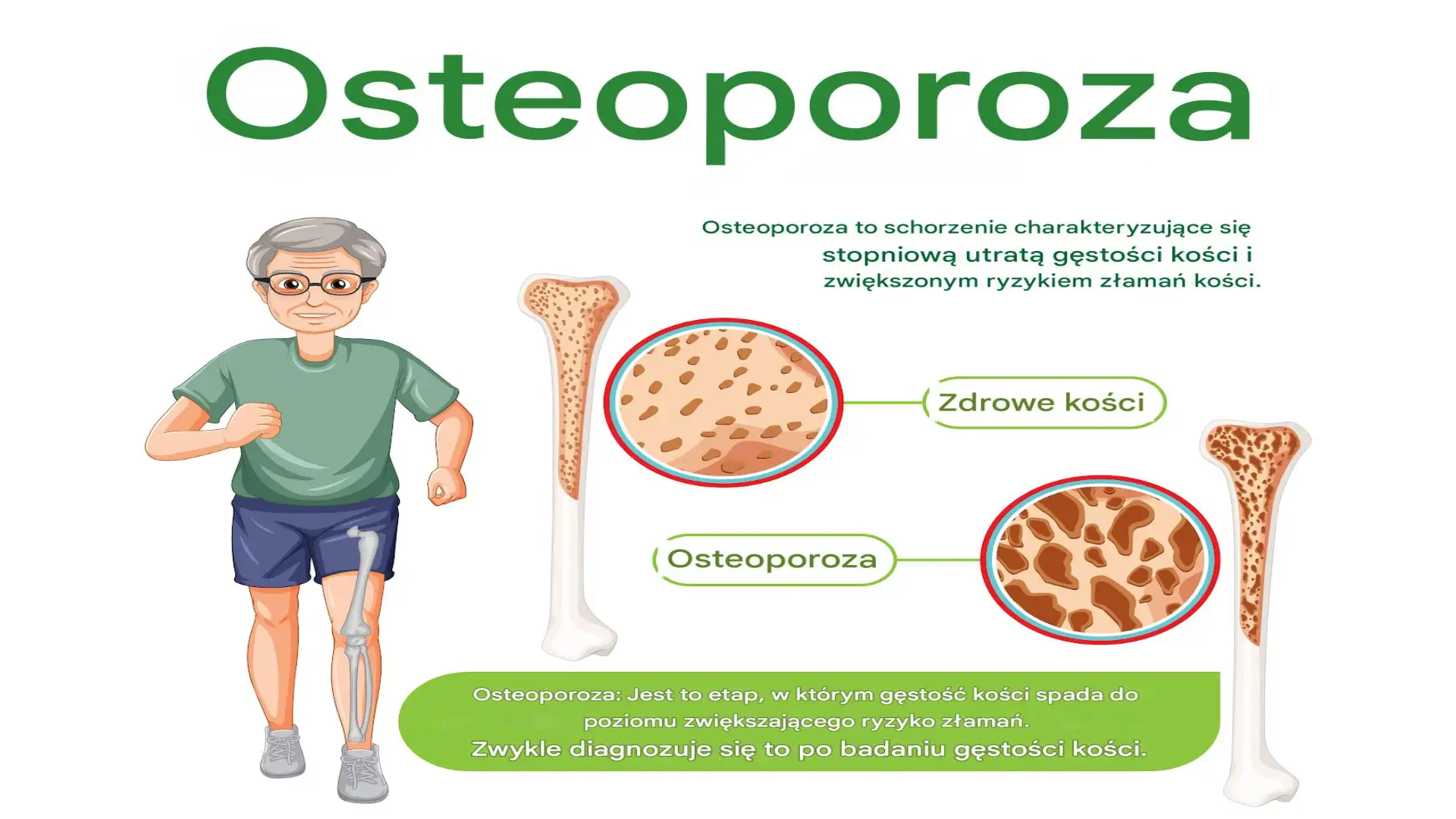
Osteogenesis Imperfecta, what are its causes, symptoms, diagnostic methods and modern treatment options. Learn how this genetic disease affects bone strength and overall health.
What is Osteogenesis Imperfecta?
Osteogenesis Imperfecta (OI), often called brittle bone disease, is a rare congenital disease characterized by brittle bones that break easily—often for no apparent reason. The disease is mainly caused by mutations in genes COL1A1 or COL1A2, responsible for the production of type I collagen — a key component of strong, healthy bones.
This disorder does not only affect the skeleton. It also has a wide range of symptoms affecting hearing, teeth, skin, and even the cardiovascular system.
Causes and genetic basis
Osteogenesis Imperfecta is usually inherited in an autosomal dominant manner, although autosomal recessive forms also occur. Approximately 90% patients have identified mutations in the COL1A1 or COL1A2 genes.
These mutations lead to:
- Reduced collagen production, or
- Structurally incorrect form of collagen, which impairs the formation and maintenance of strong bones and connective tissues.
Types of Osteogenesis Imperfecta
Originally classified by Sillence, OI is divided into several types based on severity and symptoms:
Type | Inheritance | Characteristics |
| Type I | Autosomal Dominant | Mild, blue sclera, hearing loss |
| Type II | Autosomal Dominant | Mortal at birth |
| Type III | Autosomal Dominant | The hardest form of survival, fractures at birth |
| Type IV | Autosomal Dominant | Moderate severity, normal sclerae |
| Types V-VII | Different | No type I collagen mutations but similar bone abnormalities |
Typical symptoms and clinical picture
Symptoms of Osteogenesis Imperfecta vary greatly depending on the type and severity, but may include:
Orthopedic symptoms:
- Frequent bone fractures
- Curvature of the legs or arms
- Short stature
- Scoliosis (curvature of the spine)
- Fish vertebrae (spinal compression fractures)
- Looseness of joints
- Coxa vara (hip deformity)
Non-orthopedic symptoms:
- Blue sclera (bluish tint to the whites of the eyes)
- Hearing loss (in approximately 50% adults with OI)
- Dentinogenesis Imperfecta (discolored, brittle teeth)
- Bones Replacement (extra bones in the skull)
- Excessive sweating, tachycardia and heat intolerance
- Cardiovascular problems such as mitral valve prolapse and aortic regurgitation
How is Osteogenesis Imperfecta diagnosed?
Diagnosis is usually based on a combination of family history, clinical features, and radiographic imaging. Although there is no single standard laboratory test to confirm all types of OI, skull X-rays (to detect bone replacement) and collagen analysis from skin biopsy or fibroblast cultures may be helpful.
Laboratory results are often within normal limits, making clinical judgment crucial.
Treatment: Living with Osteogenesis Imperfecta
Although there is no cure for Osteogenesis Imperfecta, modern therapies aim to prevent fractures, improve mobility, and increase quality of life. A multifaceted approach is key.
Fracture prevention:
- Bisphosphonates: They strengthen bones and reduce the risk of fractures.
- Early bracing: To minimize deformity and protect fragile limbs.
Treatment of fractures:
- Non-surgical: Observation, especially in children under 2 years of age.
- Surgical: Internal stabilization with telescopic rods to aid growth.
Long bone deformities:
- Corrective osteotomies: Often combined with the use of rods (e.g. Sofield-Miller procedure).
Scoliosis and spine treatment:
- Surgery is recommended for curvatures above 45° in mild forms and above 35° in more severe types.
- Orthopedic bracing is not effective due to the fragility of the ribs.
Skull base invagination (severe cases):
- Requires surgical decompression and posterior fusion if symptoms of spinal cord compression occur.
Living with Osteogenesis Imperfecta
Living with Osteogenesis Imperfecta can be difficult, but many people live fulfilling lives with the right care, therapy, and adaptive tools. Early intervention, genetic counseling, and physiotherapy can significantly improve prognosis – especially in children.
FAQs:
Is Osteogenesis Imperfecta always hereditary?
Not always. Although most cases are hereditary, spontaneous mutations can also occur without a family history.
Can people with OI have a normal life expectancy?
Yes. Many people with mild or moderate forms of OI live long and productive lives, although more severe forms can affect life expectancy.
Are all fractures in OI patients treated surgically?
No. Many fractures can be treated conservatively, especially in younger children. Surgery is more common in older patients or in cases of deformity.
Summary
Osteogenesis Imperfecta is more than just a bone disease—it is a complex, chronic condition that requires a personalized, proactive treatment approach. Understanding the genetics, recognizing early symptoms, and accessing appropriate medical support can help patients and their families manage this condition more effectively.
If you or someone you know is experiencing frequent fractures or symptoms consistent with OI, consult a specialist for accurate evaluation.



